Excrescent Utopia by Milo Ayden De Luca
Parasitic dwellings for homeless people would cling to the sides of lamp posts in this concept by British architecture graduate Milo Ayden De Luca (+ slideshow + movie).
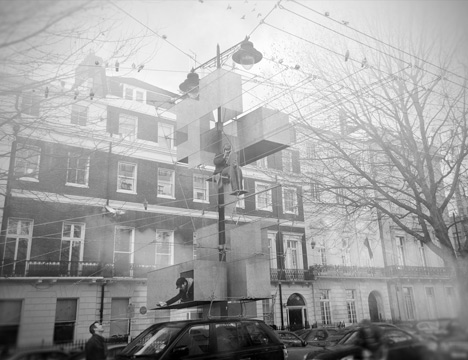
Milo Ayden De Luca began working on Excrescent Utopia as a personal project after completing his architecture degree at the University of Greenwich.
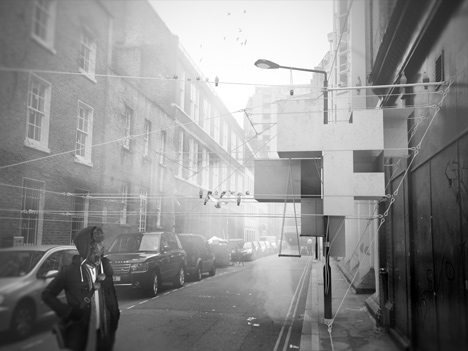
"Every weekend for nearly a decade now, I've been travelling into the centre of London during the earliest hours of the day," De Luca told Dezeen. "During these hours, the usually dense, lively, tourist-populated London is absent and is instead populated only by the many homeless people who sleep on our city's streets. I've always thought about how the life of those living on the city's streets can be improved."
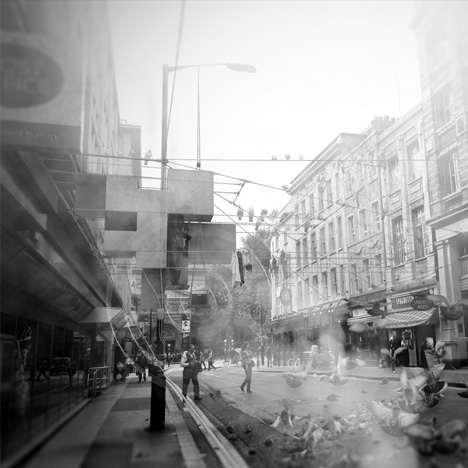
The project imagines street lights as temporary dwellings for homeless people by creating tensile structures around them using cheap, basic materials.
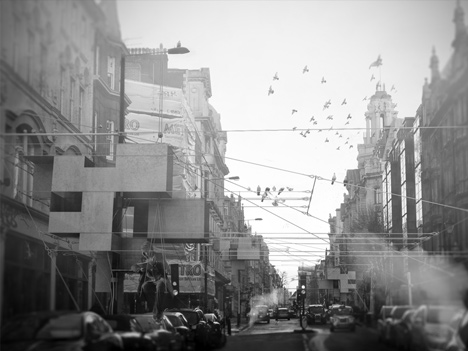
The structures are designed to be as lightweight as possible so that they can be modified and moved easily, and are inspired by the construction of sailing ships.
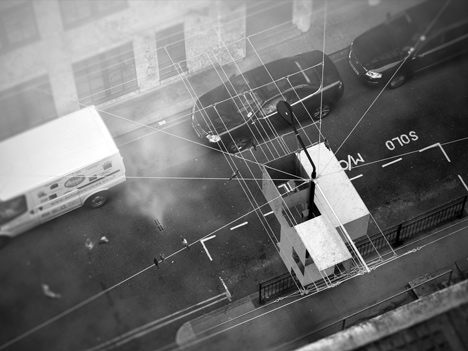
"The practical and technological constituents of sail ships – the pulleys, the sails and rope lines – also exude a sense of transparency, weightlessness, and movement," he said. "I think this is a nice contrast to the surrounding structures in London, which are usually opaque, grounded and static."
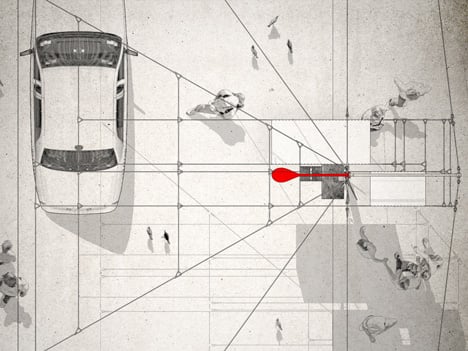
Street lights aren't very structurally secure because they aren't deeply embedded in the ground, said De Luca. This is in order to limit damage to vehicles and drivers in case of a collision.
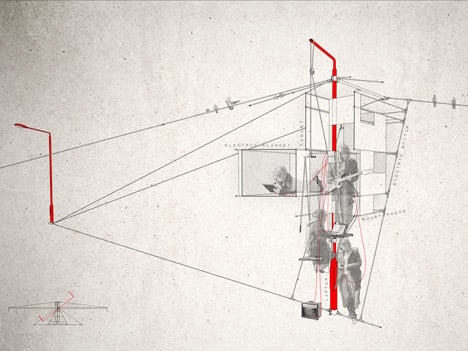
To get around this, he proposes using guy ropes, cables and clamps to tie the structure to other street furniture and surrounding buildings. "This method creates only a little surface damage, but more importantly causes no structural damage to the building," he said.
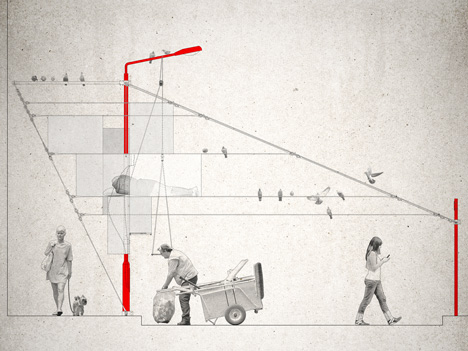
The ropes would thread through the structure's nylon or Gore-Tex 'skin' and effectively divide the space into smaller areas with varying levels of privacy.
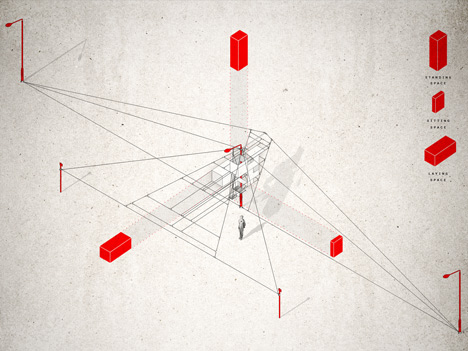
Horizontal boxes would provide areas for lying down and sleeping, while vertical spaces would provide a space for busking, he suggested.
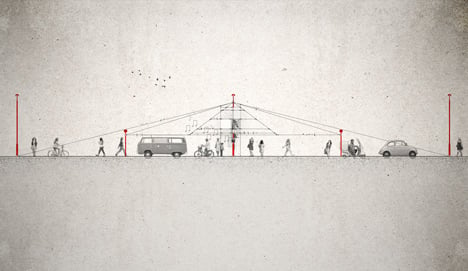
The materials, fixtures and fittings necessary could mostly be obtained through the re-use and recycling of existing objects, or bought cheaply from DIY shops.
De Luca is currently hoping to raise funds to build a 1:1 scale prototype of the design.
Other conceptual architecture we've featured on Dezeen includes an algae-covered skyscraper that would produce its own energy and clean water and a high-rise building constructed from the rubbish of São Paulo's streets – see all our stories about conceptual architecture.
We've also published other parasitic architecture, including a wooden hut clinging to the side of a San Francisco hotel and a fabric-covered tensile structure on the roof of a Buenos Aires apartment.
See all our stories about parasite buildings »
See all our stories about conceptual architecture »